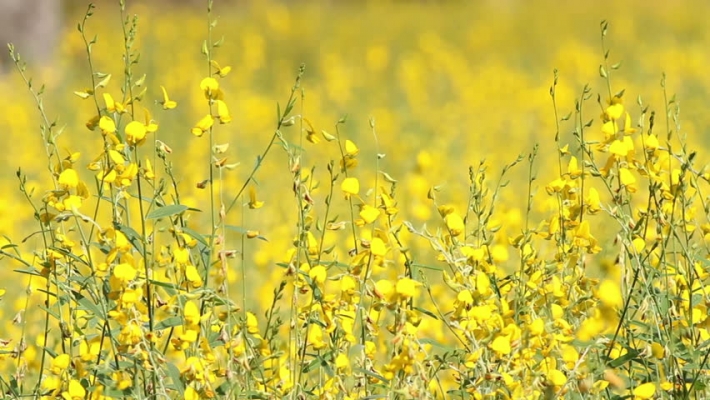General Information
Sunhemp is quick growing leguminous crop cultivated for green manure as well as fibre crop. When it is mix well in soils, it prevents leaching and loss of nutrients, also conserved soil moisture. Sunhemp is originated in India. It can be grown in adverse climatic conditions of drought, alkalinity and salinity. In India it is cultivated in all the states. Maharashtra, Madhya Pradesh, Bihar, Rajasthan, Orissa and Uttar Pradesh are major sunhemp growing states for mainly for fibre purpose.




















